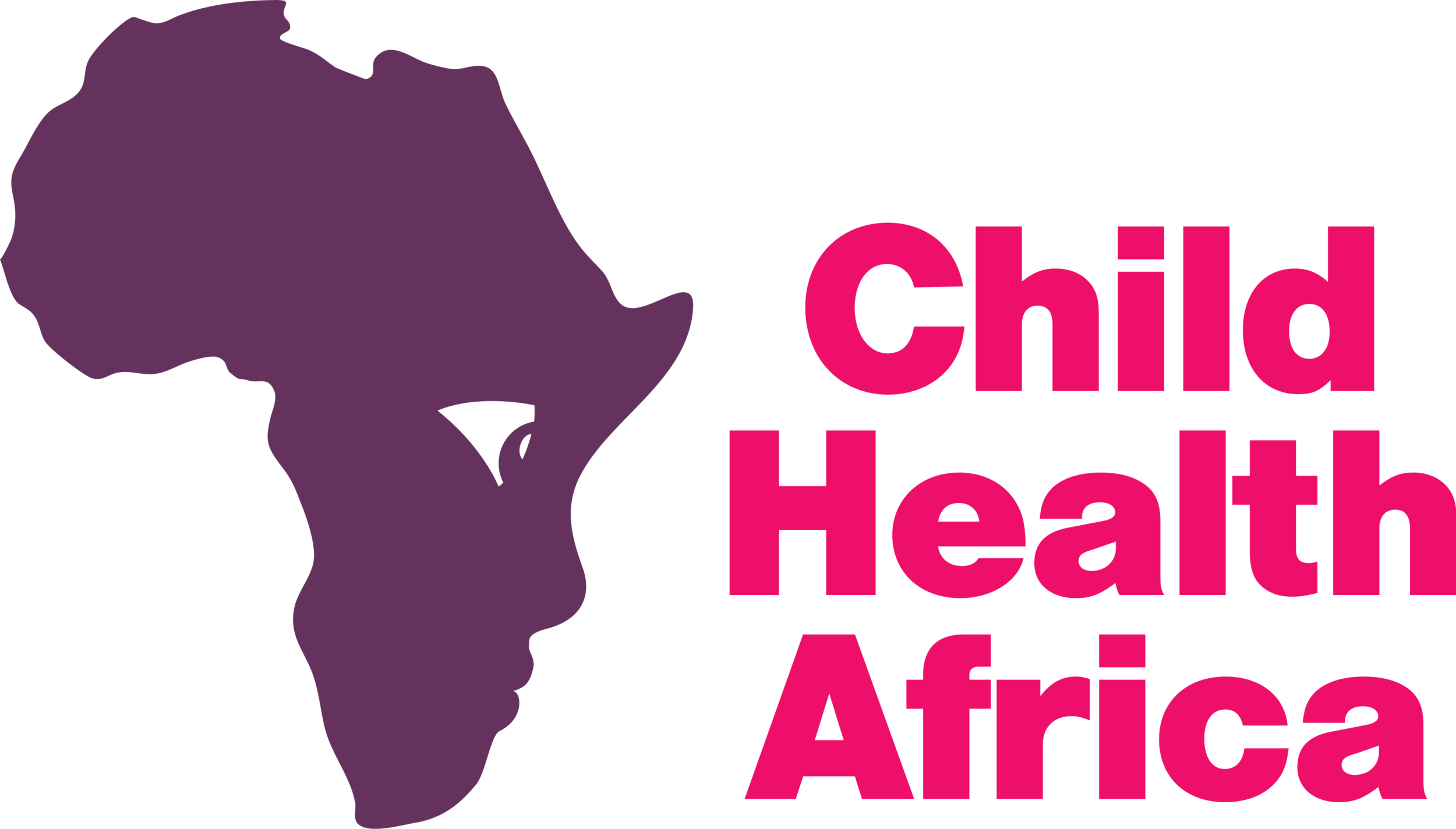Diagnosis of Shock in the Tropics Study
Why is this new study needed?
When we began the Kwashiorkor + Shock study in Ghana, we had predicted that the most precise way we would be able to diagnose shock was using the central-peripheral-temperature gradient (or C‑PT), which is how much colder the feet become than the body’s core when the blood circulation fails. We thought this because it is the best test for use in the UK, where we have used it extensively to monitor very sick children before.
However, it has become clear that in Ghana, where the average temperature is about 30°C all year round, the feet can only become a little cooler than the core temperature (if the blood flow stopped completely, the feet would only fall from body temperature of about 37°C to 30°C). This has led us to do some thinking and some research, and it is very likely that the best way to detect shock early in the tropics will be to measure how much warmer the toes are than the air (ambient) temperature – a measure we are going to call the peripheral-ambient temperature gradient, or P-AT.
What is clear from the published literature, is that nobody has ever undertaken a basic study of how to best diagnose shock in the tropics, but have simply assumed that First World science will apply. If we can demonstrate that the P-AT does reliably detect shock at an early stage, we will be able to modify the Kwashiorkor + Shock study and recruit many more children, and treat them with albumin.
How will we do the Diagnosis of Shock in the Tropics Study?
We will perform this study in the 2 centres in Ghana, where the Kwashiorkor + Shock study is based, with our existing medical colleagues. What we aim to do is to test out all of the normal measures to detect shock (all of which have serious limitations) plus our new one of P-AT, and do this in a large group of healthy children aged under 5 years, as well as a large number of children under 5 being admitted to hospital, and of course this will include all of the cases who turn out to have shock.
Doing such a study requires a ‘gold-standard’ measurement to define who is and who is not in shock, to see which of the other measurements are also reliable. Luckily this is possible using a completely painless ultrasound test of the upper abdomen, to measure the size of the big vein draining into the heart (known as the inferior vena cava, or IVC), and we have already shown in the babies treated with albumin that this changes very clearly when a child who is shocked is treated.
The details of the ultrasound test of the IVC, and for all of the other measurements we will be taking, and how we will analyse them, can be seen by following the link to ‘background details of the study’.
Who will we carrying our the Diagnosis of Shock in the Tropics Study?
Because we will need to do tests on about 1500 healthy children, and a similar number of children admitted to hospital, it will require dedicated manpower – that is, it cannot be carried out by the normal doctors looking after the children who are already extremely busy. For this reason, the main team (who you can meet by following the link below to the Ghana team), will be supervising two young Medical Officers (relatively newly qualified doctors) called Francis and Rashida, who will carry this out over one year. You can see the Study Protocol by following the link below.

